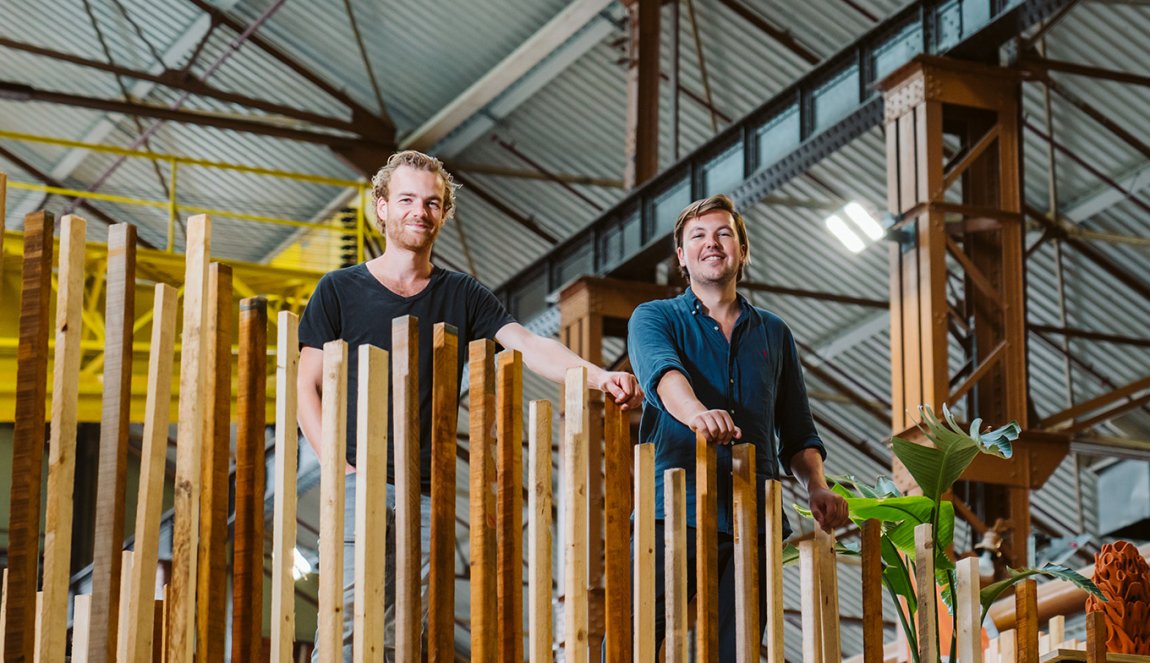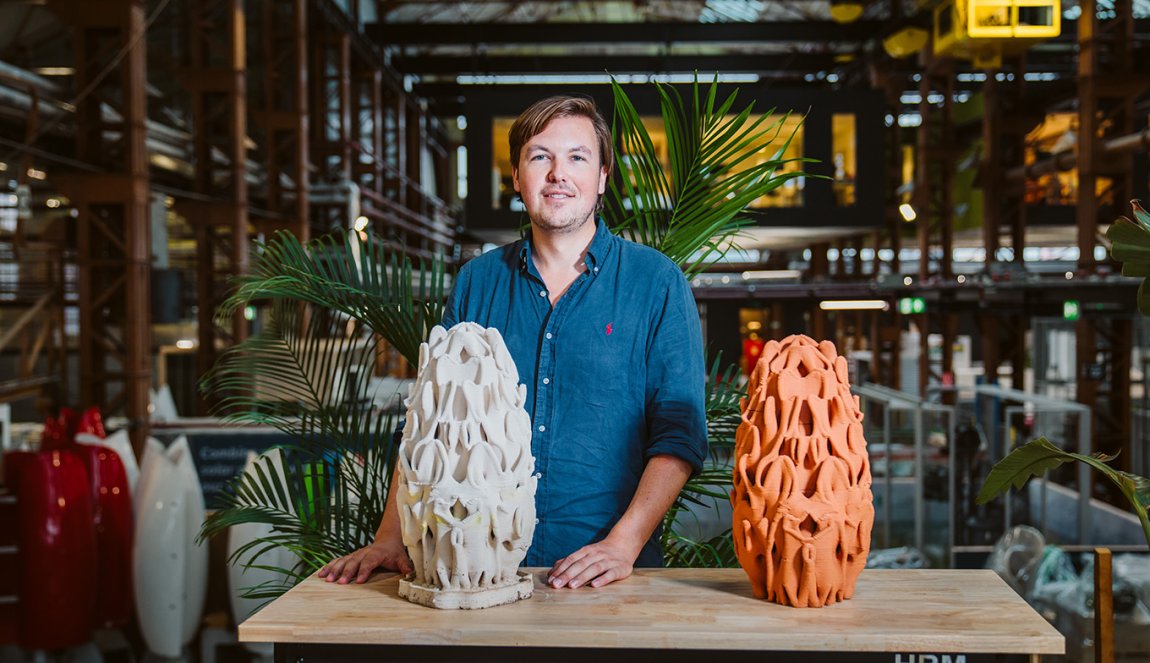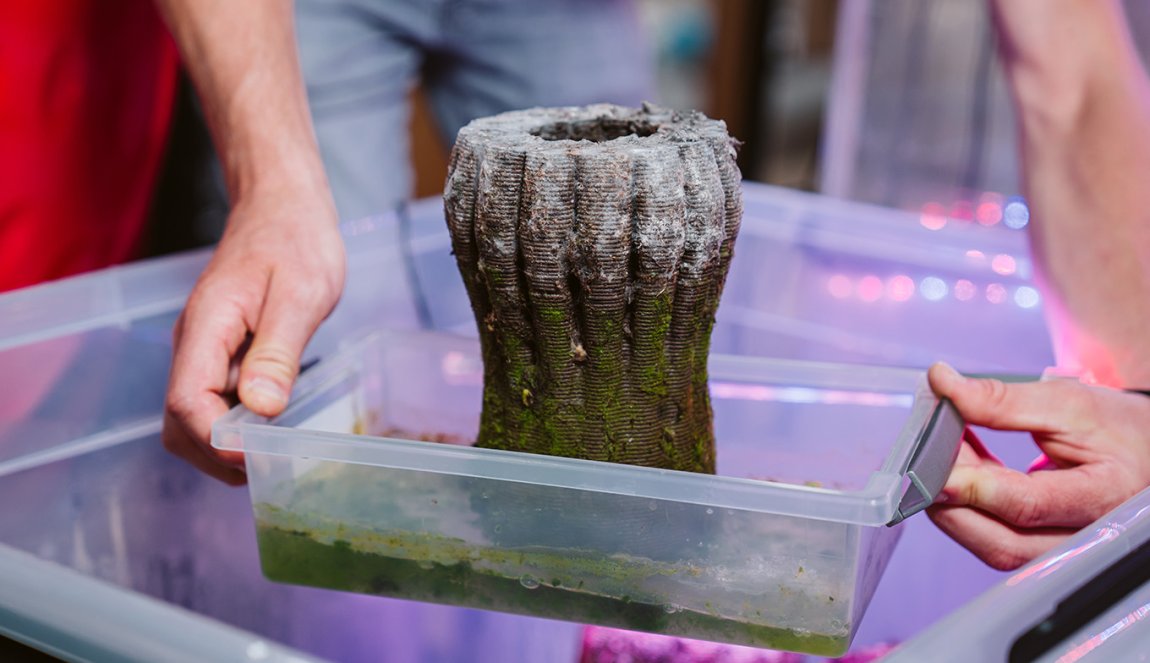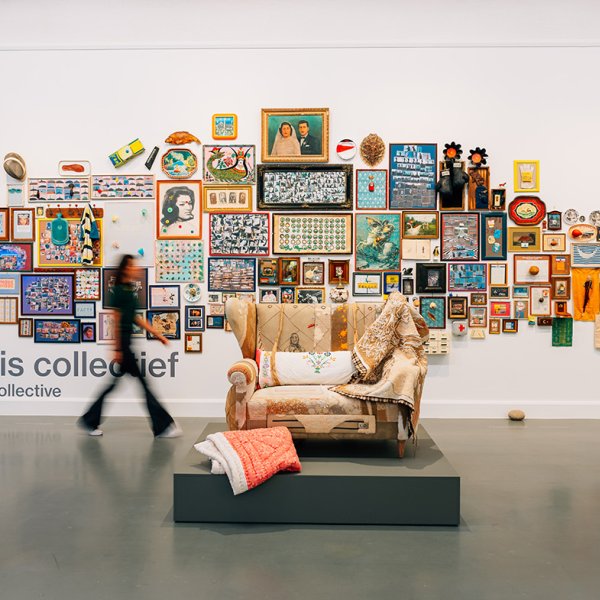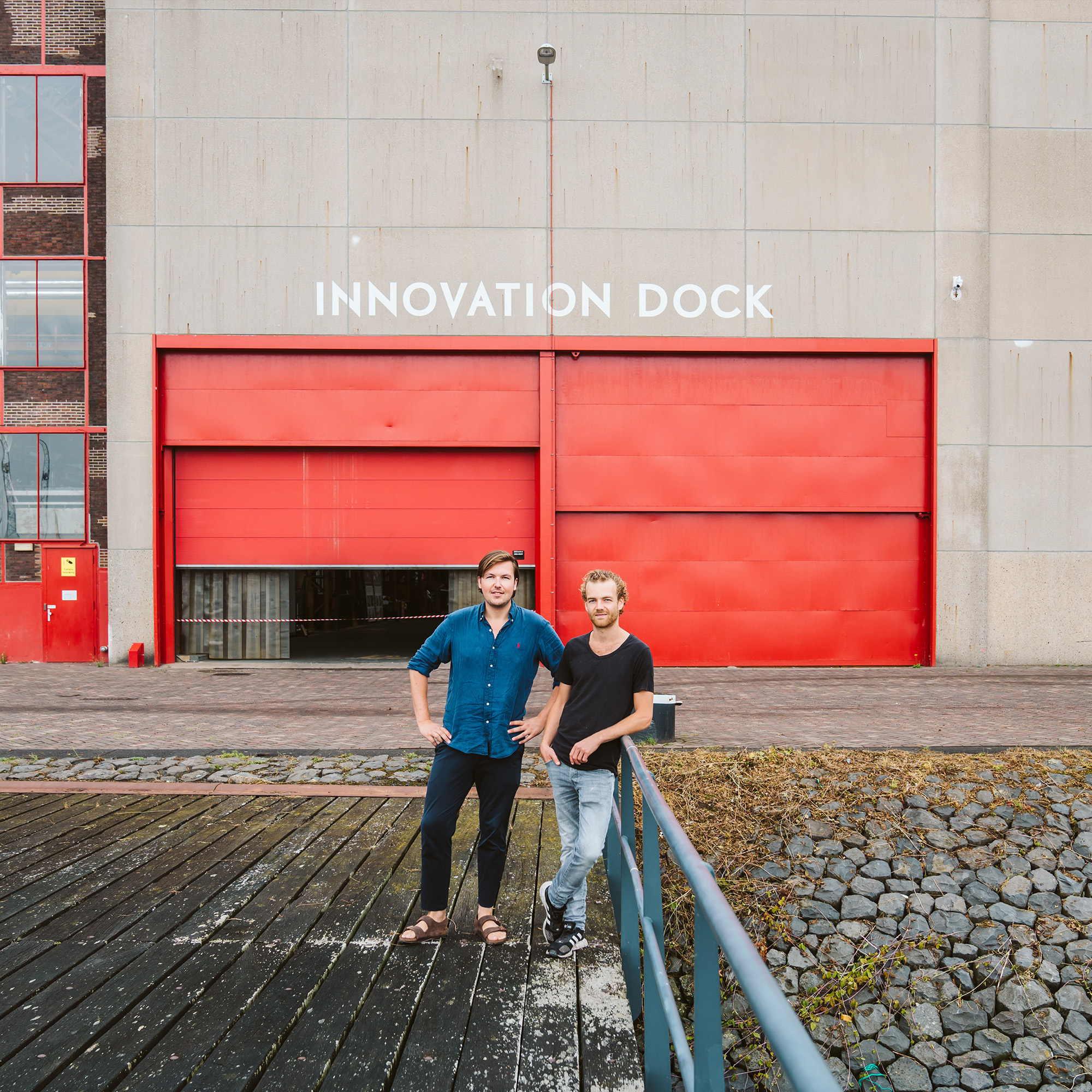
Urban Reef
Urban Reef is building a new relationship with nature
Even in the greenest of cities, man controls nature. Pierre Oskam and Max Latour believe that it should work the other way around. With Urban Reef, they create urban sculptures that put nature back in charge.
Bring yourself, Max & Pierre will do the same
A home for flora and fauna
“We create natural conditions in the city using design tools based on natural processes.”
Green oasis
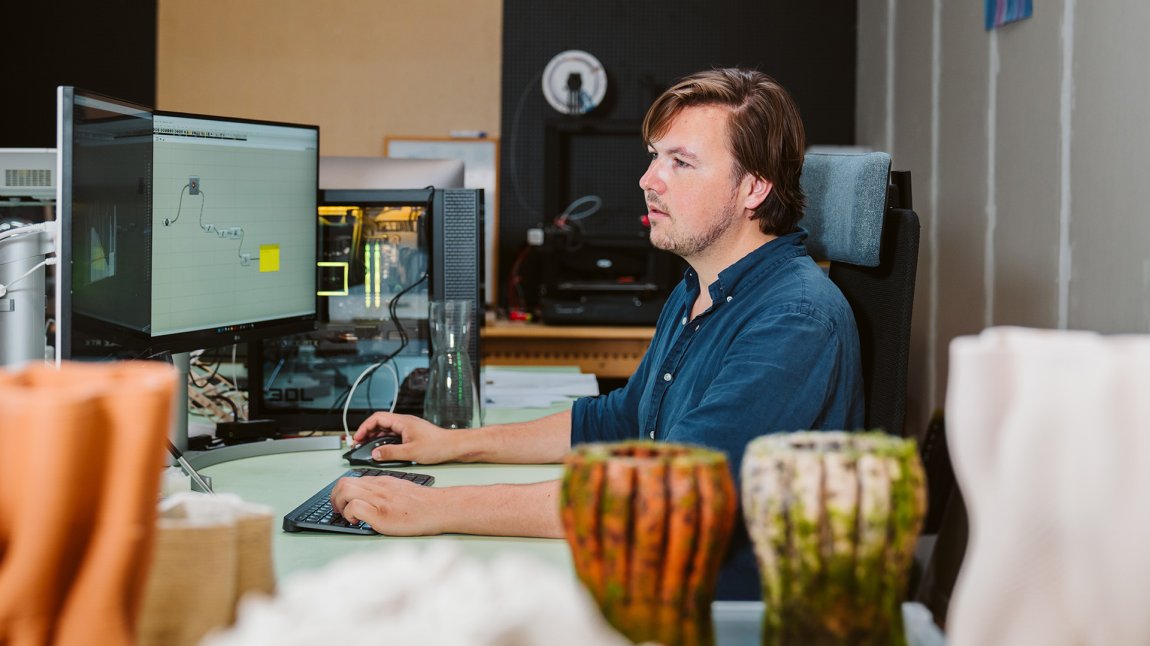
© Bring yourself / NBTC
Future determined by nature
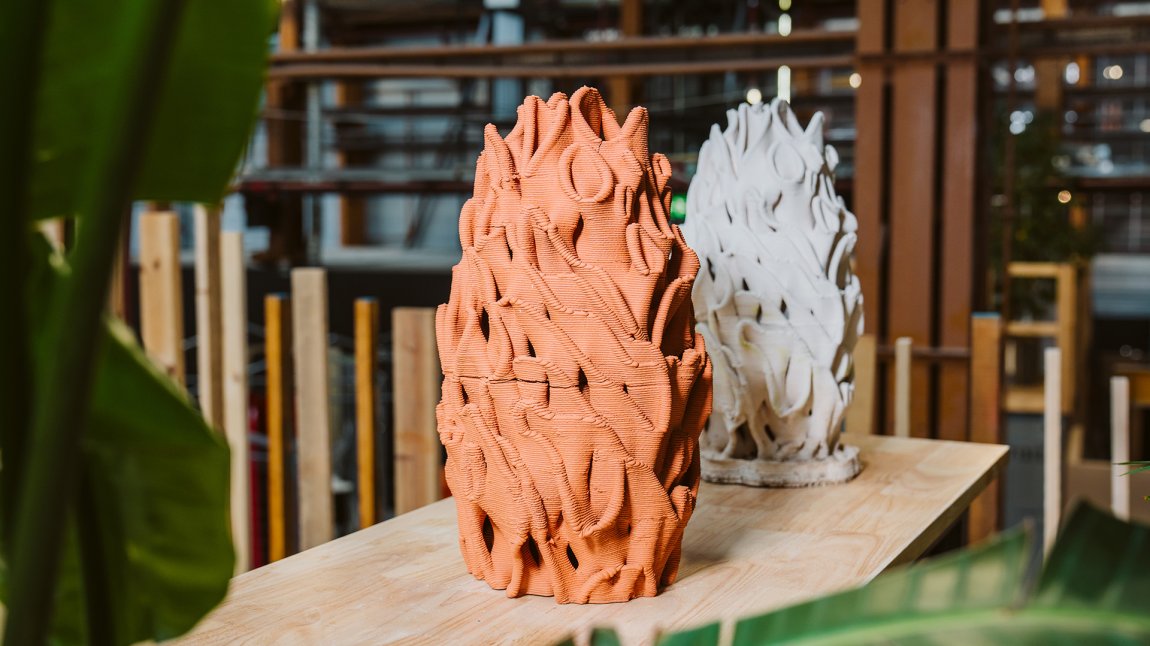
© Bring yourself / NBTC
